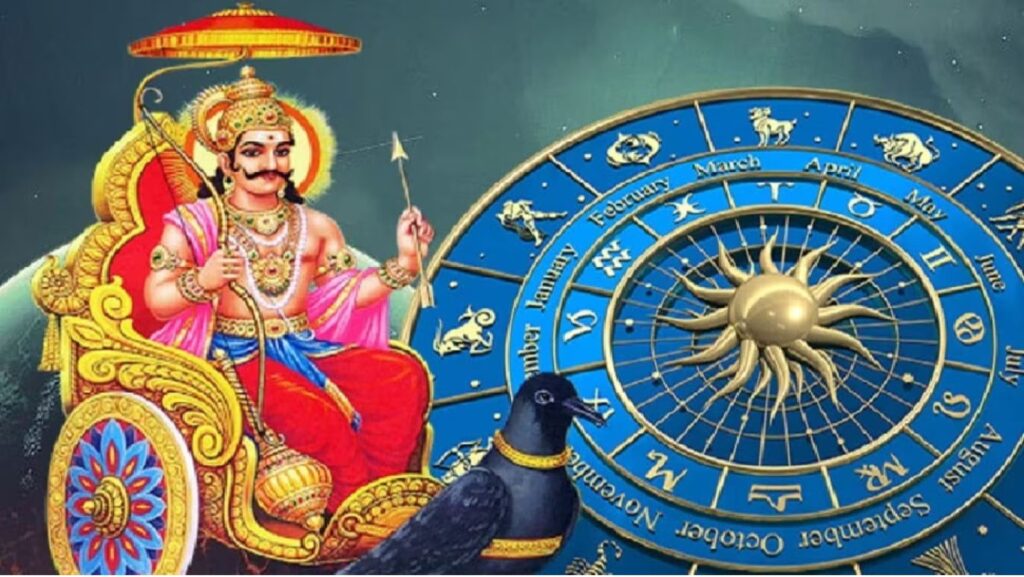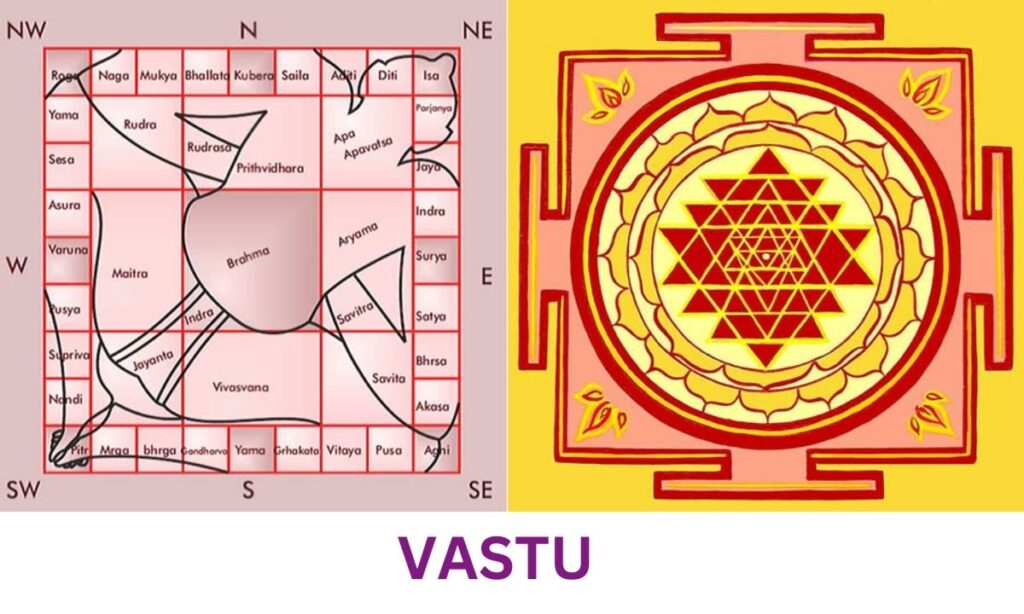Shardiya Navratri 2024: Key Dates, Rituals, and Kalash Sthapana Muhurat
Shardiya Navratri 2024: Nine-Day Worship Essentials, Dates & Kalash Sthapana Muhurat Navratri is one of the most revered and widely celebrated Hindu festivals, honoring the divine feminine energy in her nine forms. Among the four seasonal Navratris, Shardiya Navratri holds the highest importance. In 2024, this nine-day festival falls in the auspicious autumn season, beginning in October. Shardiya Navratri is a time for spiritual rejuvenation, devotion, and offering prayers to Goddess Durga, who symbolizes strength, courage, and protection. This blog will guide you through the essentials of Shardiya Navratri worship, key dates, and the auspicious Kalash Sthapana Muhurat. Dates for Shardiya Navratri 2024 Shardiya Navratri in 2024 will commence on October 3rd and conclude on October 11th. Each of the nine days is dedicated to one form of Goddess Durga, also known as Navdurga, with specific rituals and prayers to honor her divine powers. Here’s a quick look at the nine days of worship: 1. Day 1 – October 3, 2024 (Pratipada): Goddess Shailaputri2. Day 2 – October 4, 2024 (Dwitiya): Goddess Brahmacharini3. Day 3 – October 5, 2024 (Tritiya): Goddess Chandraghanta4. Day 4 – October 6, 2024 (Chaturthi): Goddess Kushmanda5. Day 5 – October 7, 2024 (Panchami): Goddess Skandamata6. Day 6 – October 8, 2024 (Shashti): Goddess Katyayani7. Day 7 – October 9, 2024 (Saptami): Goddess Kalaratri8. Day 8 – October 10, 2024 (Ashtami): Goddess Mahagauri9. Day 9 – October 11, 2024 (Navami): Goddess Siddhidatri These nine days are a beautiful journey into spiritual introspection and transformation, as each goddess symbolizes different aspects of life and the universe. Kalash Sthapana Muhurat 2024 Navratri is one of the most revered and widely celebrated Hindu festivals, honoring the divine feminine energy in her nine forms. Among the four seasonal Navratris, *Shardiya Navratri* holds the highest importance. In 2024, this nine-day festival falls in the auspicious autumn season, beginning in October. Shardiya Navratri is a time for spiritual rejuvenation, devotion, and offering prayers to Goddess Durga, who symbolizes strength, courage, and protection. This blog will guide you through the essentials of Shardiya Navratri worship, key dates, and the auspicious Kalash Sthapana Muhurat. Dates for Shardiya Navratri 2024 Shardiya Navratri in 2024 will commence on October 3rd and conclude on October 11th. Each of the nine days is dedicated to one form of Goddess Durga, also known as Navdurga, with specific rituals and prayers to honor her divine powers. Here’s a quick look at the nine days of worship: 1. Day 1 – October 3, 2024 (Pratipada): Goddess Shailaputri2. Day 2 – October 4, 2024 (Dwitiya): Goddess Brahmacharini3. Day 3 – October 5, 2024 (Tritiya): Goddess Chandraghanta4. Day 4 – October 6, 2024 (Chaturthi): Goddess Kushmanda5. Day 5 – October 7, 2024 (Panchami): Goddess Skandamata6. Day 6 – October 8, 2024 (Shashti): Goddess Katyayani7. Day 7 – October 9, 2024 (Saptami): Goddess Kalaratri8. Day 8 – October 10, 2024 (Ashtami): Goddess Mahagauri9. Day 9 – October 11, 2024 (Navami): Goddess Siddhidatri These nine days are a beautiful journey into spiritual introspection and transformation, as each goddess symbolizes different aspects of life and the universe. Kalash Sthapana Muhurat 2024 Kalash Sthapana (Ghatasthapana) is one of the most important rituals marking the beginning of Navratri. It symbolizes the invocation of Goddess Durga into the kalash (sacred pot) for her blessings. Performing this ritual at the right time, also known as the Muhurat, is essential for the proper observance of Navratri. Navratri is one of the most revered and widely celebrated Hindu festivals, honoring the divine feminine energy in her nine forms. Among the four seasonal Navratris, Shardiya Navratri holds the highest importance. In 2024, this nine-day festival falls in the auspicious autumn season, beginning in October. Shardiya Navratri is a time for spiritual rejuvenation, devotion, and offering prayers to Goddess Durga, who symbolizes strength, courage, and protection. This blog will guide you through the essentials of Shardiya Navratri worship, key dates, and the auspicious Kalash Sthapana Muhurat. Dates for Shardiya Navratri 2024 Shardiya Navratri in 2024 will commence on October 3rd and conclude on October 11th. Each of the nine days is dedicated to one form of Goddess Durga, also known as Navdurga, with specific rituals and prayers to honor her divine powers. Here’s a quick look at the nine days of worship: 1. Day 1 – October 3, 2024 (Pratipada): Goddess Shailaputri2. Day 2 – October 4, 2024 (Dwitiya): Goddess Brahmacharini3. Day 3 – October 5, 2024 (Tritiya): Goddess Chandraghanta4. Day 4 – October 6, 2024 (Chaturthi): Goddess Kushmanda5. Day 5 – October 7, 2024 (Panchami) Goddess Skandamata6. Day 6 – October 8, 2024 (Shashti): Goddess Katyayani7. Day 7 – October 9, 2024 (Saptami): Goddess Kalaratri8. Day 8 – October 10, 2024 (Ashtami): Goddess Mahagauri9. Day 9 – October 11, 2024 (Navami): Goddess Siddhidatri These nine days are a beautiful journey into spiritual introspection and transformation, as each goddess symbolizes different aspects of life and the universe. Kalash Sthapana Muhurat 2024 Kalash Sthapana (Ghatasthapana) is one of the most important rituals marking the beginning of Navratri. It symbolizes the invocation of Goddess Durga into the kalash (sacred pot) for her blessings. Performing this ritual at the right time, also known as the muhurat, is essential for the proper observance of Navratri. Nine-Day Worship Essentials The following essentials are crucial for proper worship during Shardiya Navratri: 1.Kalash Sthapana The Kalash represents the universe and the goddess herself. Here’s what you’ll need for the Kalash Sthapana ritual:– A brass or copper kalash– Ganga Jal (holy water) or clean water– Fresh mango or betel leaves– A coconut wrapped in a red cloth– Raw rice or grains for the base– Flowers, coins, and five types of leaves for decoration– Durva (grass) and turmeric After preparing the kalash, it is placed in a dedicated area of your home temple or puja space, and the nine forms of Durga are invoked into it. 2. Ghatasthapana Samagri Apart from the Kalash, devotees gather various offerings for the daily worship, including:– Red and yellow cloth– Kumkum, sandalwood, and turmeric powders– Fresh flowers







